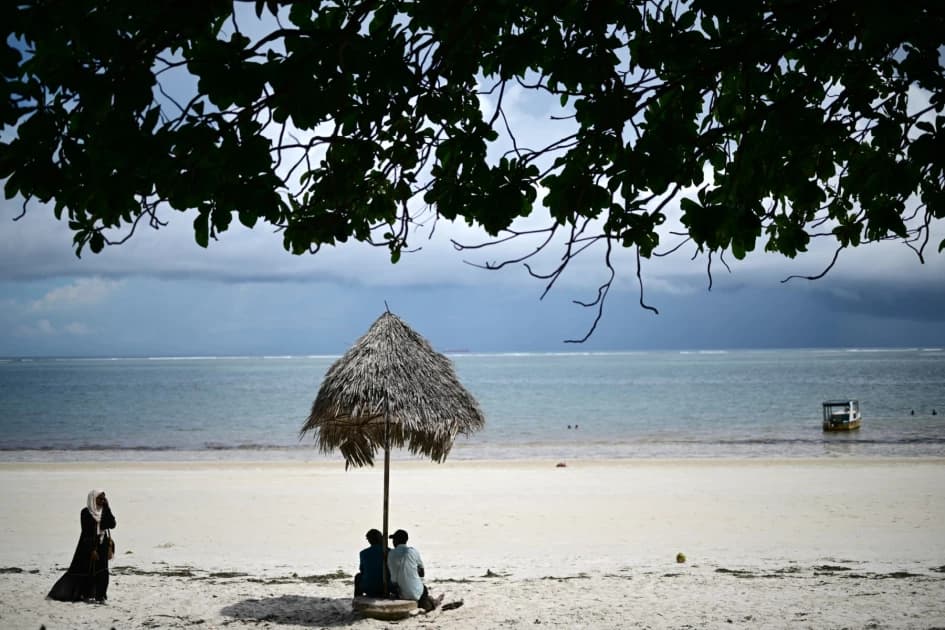We're loading the full news article for you. This includes the article content, images, author information, and related articles.
The government's push for high-end tourism investment sparks immediate backlash over public access rights, environmental risks, and the potential exclusion of local communities from Kenya's coastal heritage.

The Kenyan government has announced a sweeping and controversial plan to privatize several key public beaches and islands along its coastline, designating them for exclusive high-end tourism development. The proposal, detailed in the draft Kenya National Tourism Strategy (NTS) 2025–2030, aims to attract significant private investment to reposition Kenya as a premier luxury travel destination. However, the move has ignited fierce debate, with critics raising alarms over the potential loss of public access to ancestral lands, environmental degradation, and the marginalization of local economies.
The announcement was made public on Tuesday, October 28, 2025, through a statement from the Ministry of Tourism and Wildlife. The strategy outlines a new beach classification model that categorizes coastal areas into four distinct zones: exclusive/premium, family and leisure, ecotourism and cultural, and adventure and sports. Under this plan, specific prime locations will be offered to private developers through long-term leases, concessions, or outright private ownership to build luxury facilities such as boutique hotels, private villas, marinas for yachts, and helipads.
According to the Ministry of Tourism, this initiative is a critical component of a broader economic strategy to significantly boost the tourism sector's contribution to the national economy. The government projects the plan will help increase international tourist arrivals to 5 million annually, generate KSh 1.2 trillion in revenue, and create 2.5 million jobs. Officials argue that by targeting high-net-worth individuals, Kenya can maximize revenue from its natural assets while minimizing the environmental footprint associated with mass tourism.
The beaches earmarked for the 'exclusive/premium' category include Vipingo and Kuruwitu in Kilifi County, and Tiwi and Msambweni in Kwale County. Additionally, Chale and Funzi islands in Kwale, along with Kiwayu and Manda Toto islands in Lamu, are slated for privatization. The strategy document states that strict zoning and management regulations will be enforced to guarantee "privacy, security, and exclusivity" for investors and their clientele.
The plan faces significant legal and constitutional challenges. Chapter Five of the Constitution of Kenya, 2010, classifies land and addresses environmental protection, vesting public land, including beaches and the seabed, in the care of the state on behalf of the people. Legal experts argue that restricting public access to beaches could violate constitutional principles. The Land Act and various environmental laws also regulate the use of riparian and coastal land, often mandating public right-of-way to the ocean.
Civil society groups and community leaders have voiced strong opposition. At a press conference in Mombasa, representatives from several coastal community organizations warned that the policy could dispossess thousands of people whose livelihoods depend on the ocean, including artisanal fishermen, small-scale traders, and tour operators. They argue that local communities were not adequately consulted, a claim the Ministry disputes.
"This is not development; it is the auctioning of our heritage," stated a spokesperson for a Lamu-based community land rights organization. "For generations, these beaches have been our source of livelihood, our culture, and our identity. To sell them to the highest bidder without our consent is a grave injustice." Similar concerns have been raised by environmental conservation groups, who warn that unchecked luxury development could irreversibly damage fragile marine ecosystems, including coral reefs and mangrove forests, and disrupt critical sea turtle nesting sites.
Proponents of the plan, including some members of the Kenya Association of Hotelkeepers and Caterers, suggest that controlled, high-end development could lead to better environmental stewardship than the current unregulated use of some public areas. They point to models in destinations like the Seychelles and Mauritius, where luxury tourism coexists with stringent conservation rules. The government has assured that investors will be held to strict criteria, including minimum capital investment, environmental safeguards, and employment quotas for local residents.
However, critics remain skeptical, pointing to a history of land injustices and controversial development projects along the coast that have often benefited a small elite at the expense of the local population. The debate mirrors a broader national conversation about privatization, particularly following the enactment of the Privatization Act, 2023, which streamlined the process for selling state-owned assets, a move critics say lacks sufficient parliamentary oversight.
As the draft strategy moves toward formal adoption, the government faces a monumental task of balancing its ambitious economic goals with its constitutional duty to protect public resources and ensure equitable development for all Kenyans. The coming weeks are expected to see intense lobbying, public debate, and the strong possibility of legal challenges in the Environment and Land Court as the battle for Kenya's coastline intensifies.
Keep the conversation in one place—threads here stay linked to the story and in the forums.
Other hot threads
E-sports and Gaming Community in Kenya
Active 6 months ago
Popular Recreational Activities Across Counties
Active 6 months ago
The Role of Technology in Modern Agriculture (AgriTech)
Active 6 months ago
Investing in Youth Sports Development Programs
Active 6 months ago